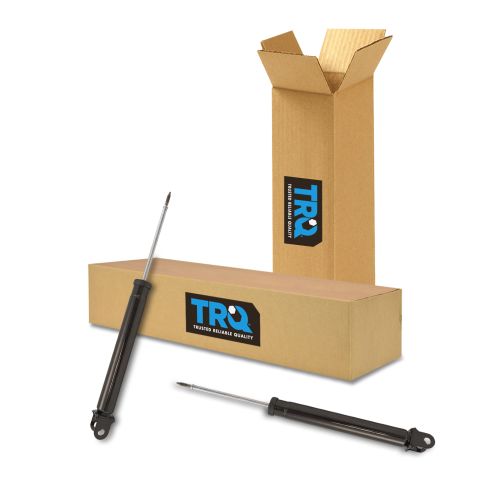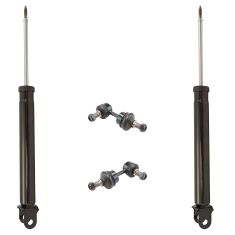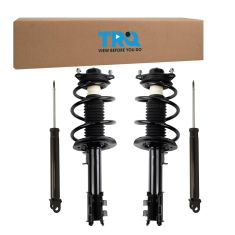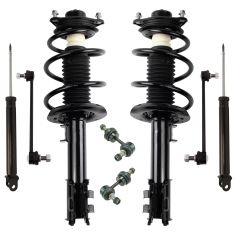1ASSP01658-Hyundai Sonata Kia Optima Rear Driver & Passenger Side 2 Piece Shock Absorber Set TRQ SBA51289



Replaces
2015 Kia Optima SX Rear Driver & Passenger Side 2 Piece Shock Absorber Set TRQ SBA51289


Recommended for your 2015 Kia Optima
Product Reviews
Loading reviews
Customer Q&A
No questions have been asked about this item.
Kia is a registered trademark of Kia Motors America Inc. 1A Auto is not affiliated with or sponsored by Kia or Kia Motors America Inc.
See all trademarks.












